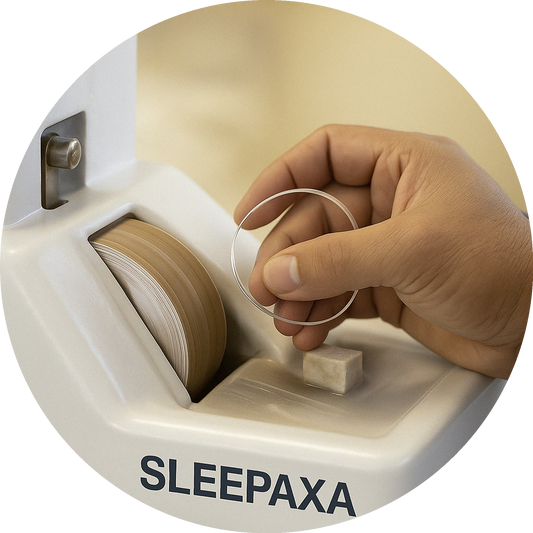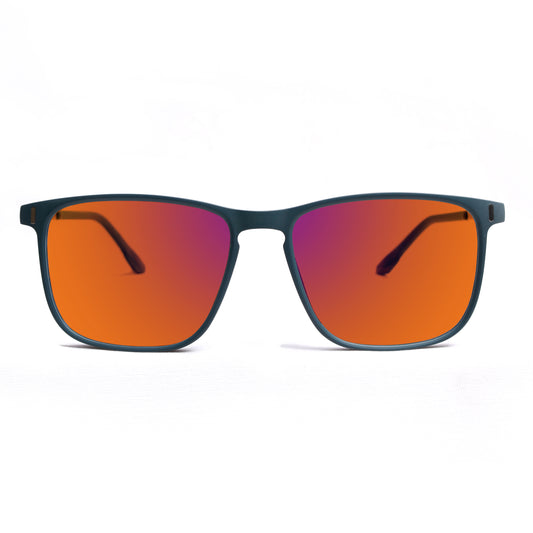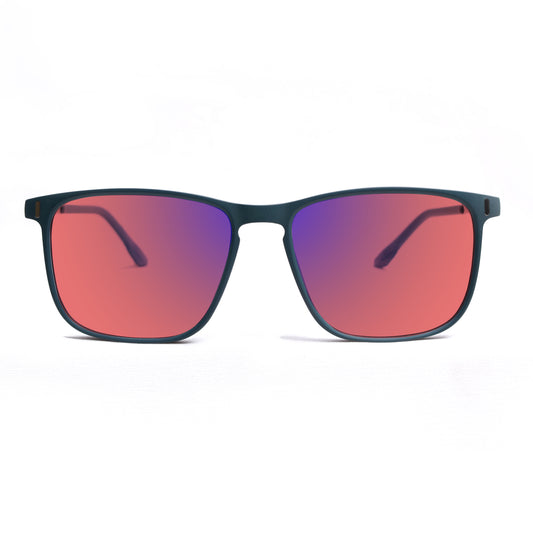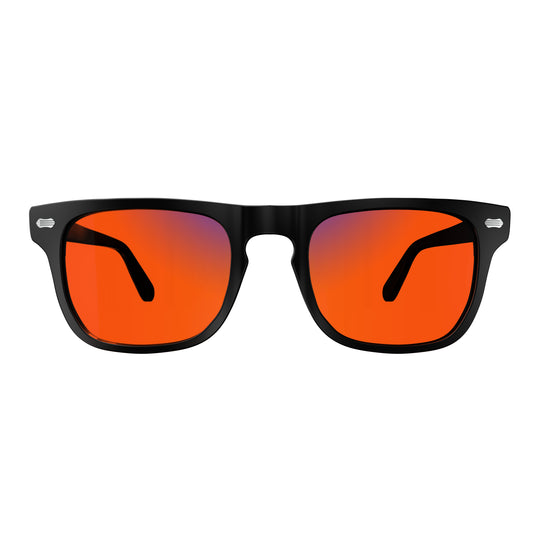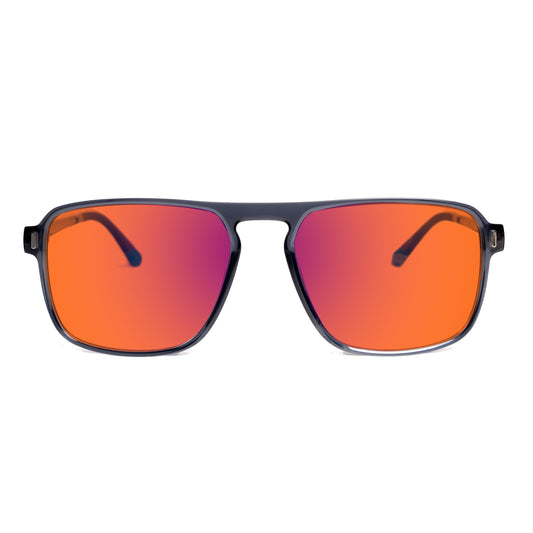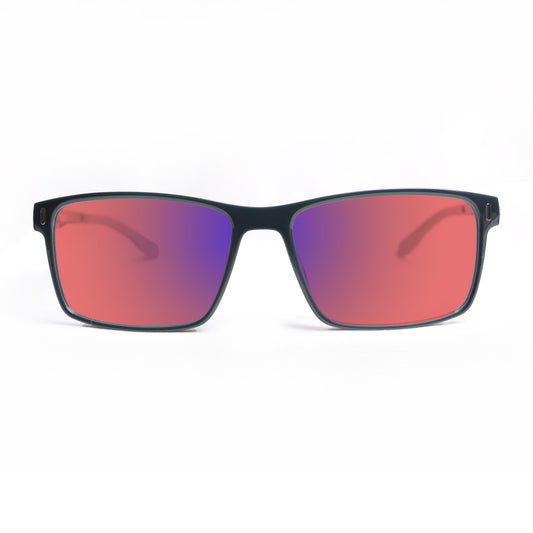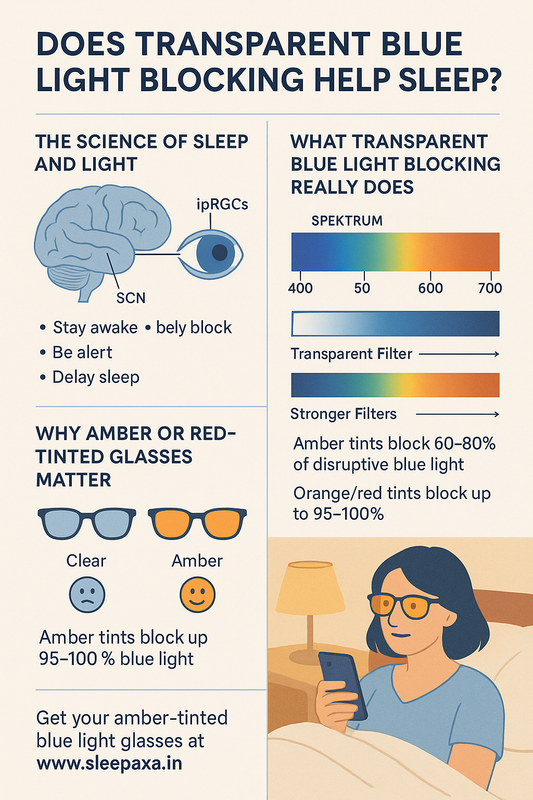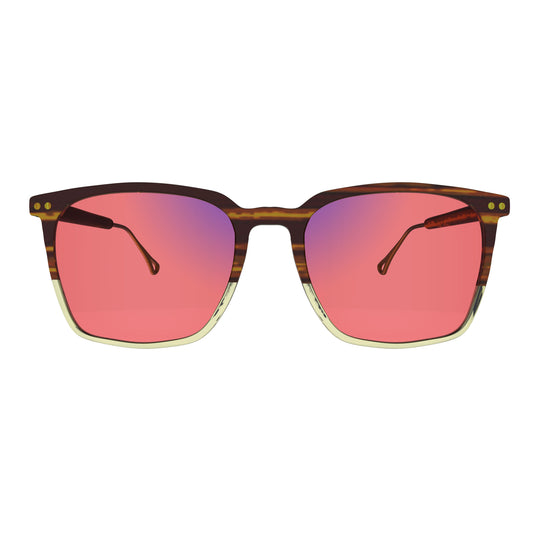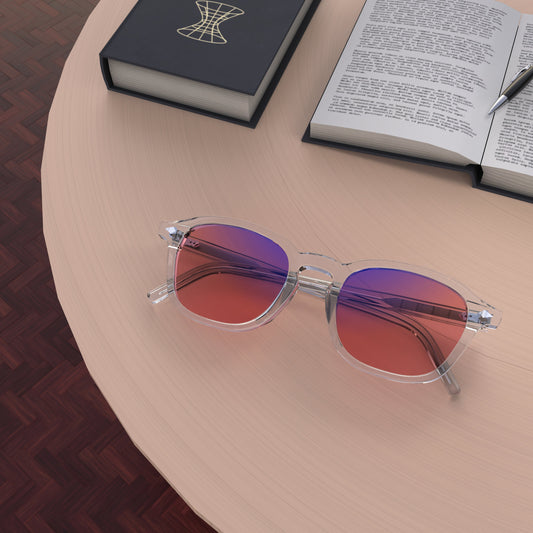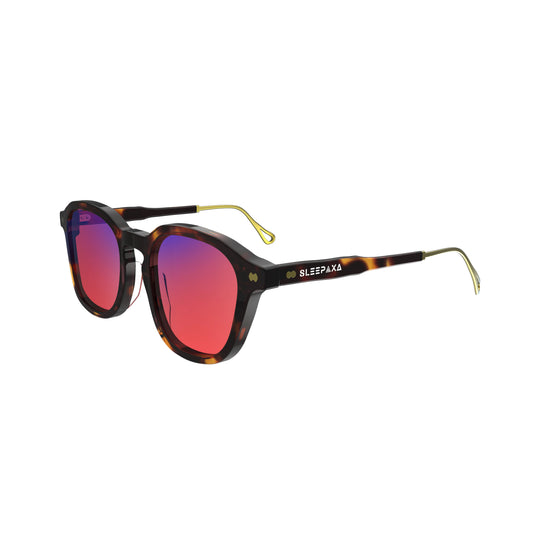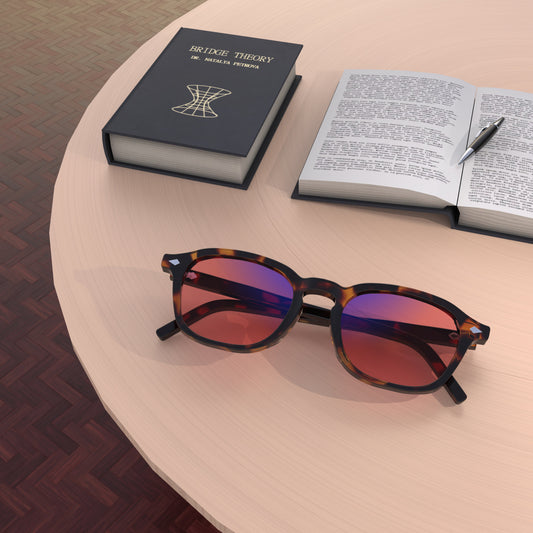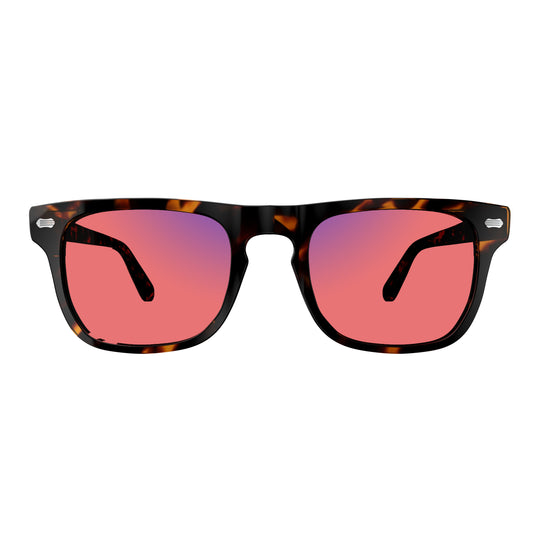
Night vs Day Usage: When Amber Glasses Work Best
Night vs Day Usage: When Amber Glasses Work Best
Amber-tinted glasses have quickly become a go-to solution for people suffering from sleep disturbances, digital eye strain, and light sensitivity. But many still ask: When is the best time to wear them—during the day or at night? In this blog, we’ll break down the science behind amber lenses, explore their benefits at different times of day, and help you decide when Sleepaxa Amber Tinted Sleep Glasses can offer the greatest impact on your daily wellness.
What Are Amber Tinted Glasses?
Amber-tinted glasses are specially designed eyewear that filter out high-energy visible (HEV) blue light, especially in the 400–500nm range. Blue light, commonly emitted by screens and artificial lighting, disrupts melatonin production, leading to poor sleep and increased eye fatigue.
Unlike clear lenses or standard blue-blocking glasses, amber lenses provide a stronger filter that enhances contrast, reduces glare, and supports your circadian rhythm.
When Do Amber Glasses Work Best? Day vs. Night
Let’s explore the benefits based on time of day:
Daytime Use
-
🖥️ Protection Against Screen Fatigue: If you're exposed to computers, phones, or artificial lights for long hours, amber lenses help reduce eye strain and light-triggered headaches.
-
☀️ Indoor Light Sensitivity: If you work under fluorescent or LED lights, these glasses can reduce harsh light exposure that might cause discomfort.
-
😣 For People with Photophobia: Daytime use is especially helpful for those sensitive to indoor brightness or experiencing migraines due to lighting.
Who should use amber glasses during the day?
-
Remote workers
-
Students
-
Designers or coders
-
Photophobia sufferers
Nighttime Use
-
🌙 Blue Light Blocking Before Bed: Wearing amber glasses in the evening (ideally starting around 6 PM) helps your body naturally increase melatonin levels, leading to faster and deeper sleep.
-
📱 Scrolling Before Sleep? If you're on your phone or laptop late at night, amber glasses filter the blue light that tricks your brain into thinking it’s still daytime.
-
🛌 Better Circadian Rhythm Support: By simulating natural sunset lighting, these glasses help your internal clock prepare for restful sleep.
Who benefits from nighttime use?
-
Shift workers
-
Insomniacs
-
Late-night screen users
-
People with disrupted sleep cycles
What Makes Sleepaxa Amber Tinted Sleep Glasses Unique?
At Sleepaxa, we’ve engineered our amber sleep glasses with optimal blue light filtration, comfort-first design, and verified lens tint that ensures protection without compromising clarity.
Key Features:
-
Blocks 90–99% of blue light in the 400–500nm range
-
Lightweight frame design ideal for extended wear
-
Zero distortion with crystal-clear amber tint
-
No prescription needed—but compatible with custom lenses
Whether you’re using them during a busy workday or winding down at night, Sleepaxa Amber Glasses provide an all-in-one solution for sleep and eye health.
👉 Explore Sleepaxa Amber Sleep Glasses
So, Should You Wear Amber Glasses During the Day or Night?
🔸 If your main concern is screen strain or indoor lighting, use amber glasses during the day.
🔸 If you struggle with falling asleep, staying asleep, or want better circadian alignment, start wearing amber glasses from early evening until bedtime.
Some users even wear them all day—especially those with extreme sensitivity to light or screen exposure.
Final Thoughts
Amber glasses are not just a trendy wellness accessory—they’re a science-backed tool to improve your daily energy, reduce visual fatigue, and help you reclaim restful sleep. Whether day or night, Sleepaxa Amber Tinted Glasses adapt to your routine and protect what matters most—your eyes and your sleep.
